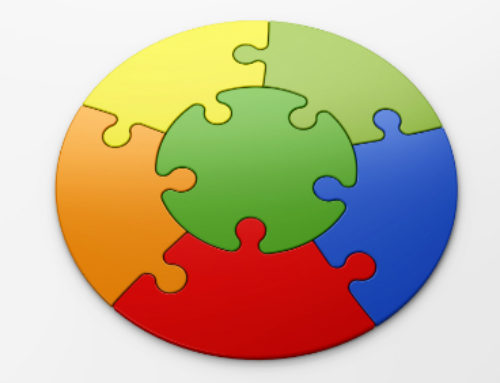What makes your small business different from your competitors? Why should people buy your product or service instead of another?
Porter’s Generic Strategies
In his book ‘Competitive Advantage: Creating and Sustaining Superior Performance’, Michael Porter identified three strategies for gaining a competitive advantage over your competition. These strategies are ‘Cost Leadership’, ‘Differentiation’ and ‘Focus’. Porter further split the ‘Focus’ strategy between ‘Cost Focus’ and ‘Differentiation Focus’.

Cost Leadership
The Cost Leadership strategy is being the producer with the lowest costs in a market where competing products are indistinguishable. The benefits of this strategy can be realised in two ways:
- Enjoying higher profits than competitors by charging the average market price.
- Capturing market share from competitors by charging the lowest price in the market.
Cost Leadership Strategy tasks could be:
- General cost reduction across all costs – overheads and production
- Economies of scale
- Efficiencies
- Cost reduction in the supply chain
- Removing all non value adding activities
In any market there is only ever one lowest cost producer and the competition to be that ‘one’ can be intense. If you are now the cost leader then someone is probably working to take that title from you.
Differentiation
The Differentiation strategy creates competitive advantage by producing a product or service that is perceived as having greater value to the customer than competing products. The creation of this extra value allows you to demand higher prices but it also incurs extra cost.
Differentiation Strategy tasks could be:
- Strong branding
- Higher quality
- More features
- New or better delivery methods
- Extra support services
Differentiation can often be copied and so ongoing innovation and development is necessary.
Focus
The Focus strategy creates competitive advantage by concentrating on a segment of customers within the total market and serving them better.
Focus Strategy tasks could be:
- Knowing your customers better than your competitors do.
- Building a two way relationship with your customers.
Within your chosen niche market you can either compete on cost, ‘Cost Focus’, or compete on some other unique added value, ‘Differentiation Focus’.
Reducing the scope of your activities to a smaller segment can increase your risk to fluctuations in the market.
‘Stuck in the Middle’
Porter warned that failure to choose one strategy and actively pursue that one strategy would lead to becoming ‘stuck in the middle’ without any competitive advantage being created.
This is because following one strategy closes the door on the other strategies. For example, to differentiate a product from your competitors you must spend more money than they do on creating the extra value, which means that you can no longer have a lower cost of production than they do.
Summary
- Identify your competitive advantage.
- Establish which strategy supports that advantage.
- Check you’re not trying to pursue two strategies – ‘Stuck in the middle’.
To be successful your small business must know what advantage it has over its competitors and clearly pursue that strategy. If you do not know what your competitive advantage is then you are probably ‘stuck in the middle’. However if you identify your strategy for competitive advantage you are in a position to compete successfully and set your business free.
© Business Set Free Ltd 2013
This is just one of many articles that you can find at BusinessSetFree.com or click to subscribe to our free e-newsletter.






